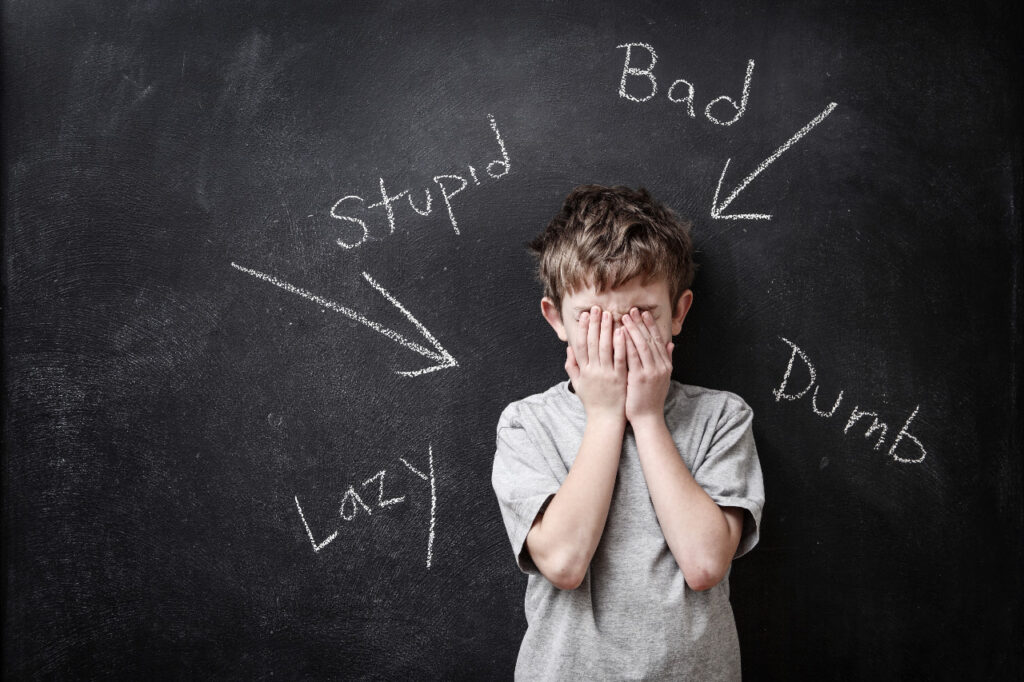Discipling your ADHD child starts first with you, the parent, because you are the person who is providing the discipline. There needs to be a level of understanding and insight about how you function, your triggers, and how you cope or respond to your triggers. Why is this? Well, understanding some things about how you operate helps you respond. For instance, if you know you are passive and inconsistent, then you probably operate the same way or similarly in your parenting. Next, identify how these areas impact your child. Let’s take inconsistency for example: Inconsistency teaches your child that your home and life lack limits and structure and they are pretty much free to do what they want because there may or may not be consequences. Inconsistency can include being on time, follow-through with consequences, responding to needs, to name a few. Inconsistency is communication to your child and they, in turn, respond to that communication. An ADHD child will always take the risk when facing the opportunity to do something of their choice. While inconsistency is one example, the point is to notice areas in which you personally struggle and recognize how you are impacting your child.
Now that you have taken a look at yourself, the next goal is to identify some of the behaviors that you find challenging in the home. Not all ADHD children have the same difficulties. Parents commonly report struggles with attention seeking behaviors, or some may call these “connection seeking behaviors.” These may be displayed as lying, whining, temper tantrums, yelling, name calling, interrupting, and many more. It can be helpful to identify a trigger when your child displays some of these behaviors. At first, it may be difficult to find a trigger, especially since many times, the trigger may be internal versus external. Examples of internal triggers are racing thoughts, changes in mood, or hunger. External triggers are caused by another person or something in the environment. If you can identify the trigger, you can encourage healthier behavior by modeling appropriate responses and giving them choices. Some of their behaviors may lead to natural consequences, which is fantastic! We love natural consequences as long as they are not life-threatening.
ADHD children tend to respond better to encouragement, praise, and positive reinforcement of behavior versus calling attention to what they are doing wrong. What does this look like? Encourage your child when you notice them trying, focus on positive behaviors, clearly explain and demonstrate your expectations, provide them with choices when they are struggling, validate their emotions when things are going well AND when things are challenging, and try a token system to see if it might motivate them to improve their behaviors independently.
Check out part 2 for more information.
Recap:
- Identify areas of personal difficulty and how they impact your parenting
- Identify challenging behaviors in your child
- Respond effectively and repeat
- Understand how your child functions and how ADHD impacts behavior
Resources for taking a closer look at yourself:
The whole brain child
Smart but Scattered (If you have ADHD)
ASLUPS to look at your lagging skills (executive functioning deficits)

